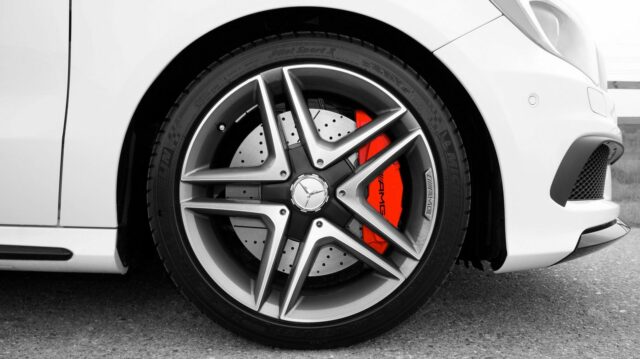
Know your tires this season with our guide Summer tires – as the name clearly suggests – are designed to provide grip and traction in mild weather conditions, with temperatures…
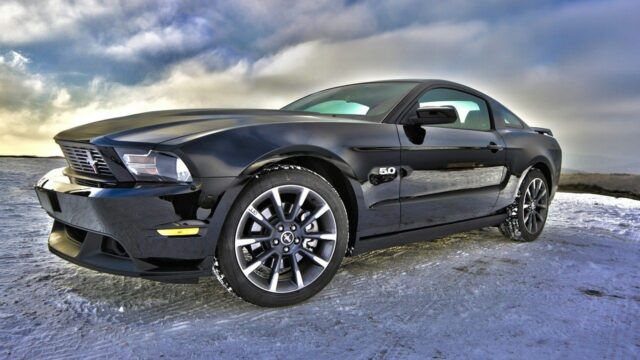
Yup, it’s that time of the year again Here we are in front of a new cold season – aka winter – and besides warm clothes, drivers also have to…
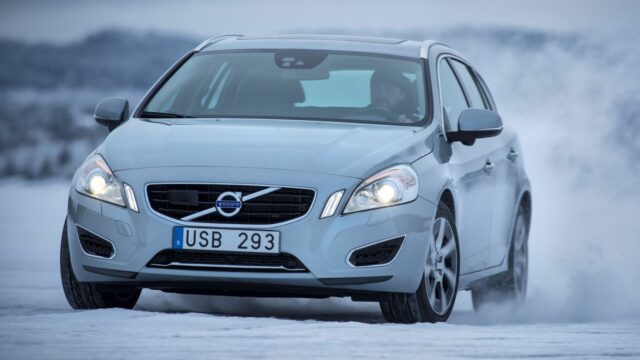
Take your pick Yes, it's that time of the year, but no, we're not referring to jingle bells, jingle all the way. It's time for drivers to swap summer tires…
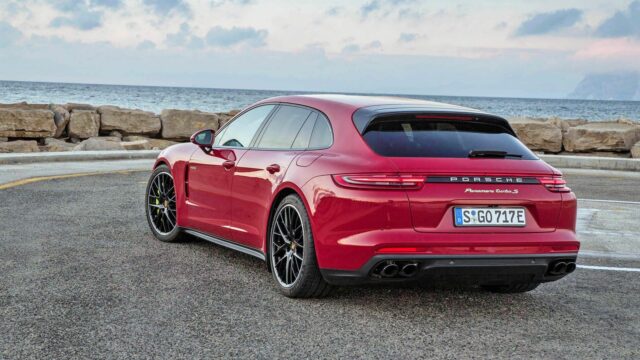
The ultimate cars for family life These are the five best fast family cars for all of you out there who see a 100,000 Euro price tag, and you’re like,…
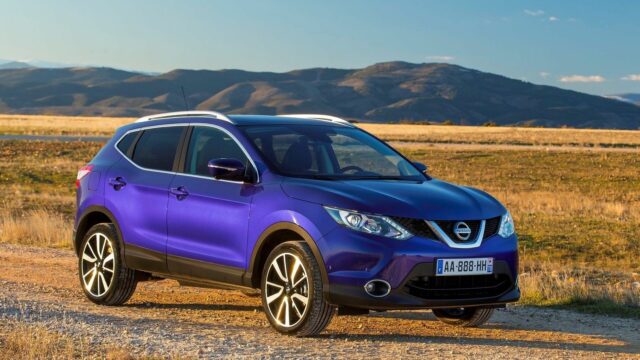
There are some which major on space, practicality and efficiency, while others offer a sportier drive and mean looks It’s hard to ignore the increasing number of good quality crossovers…
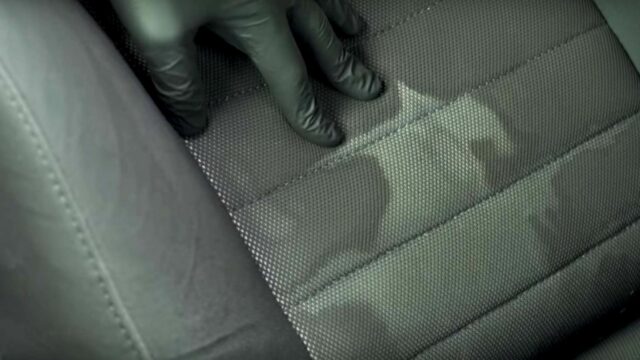
This must be the most efficient, least expensive solution If you own a car and like to drink stuff inside the cabin, you're bound to spill some of that on…
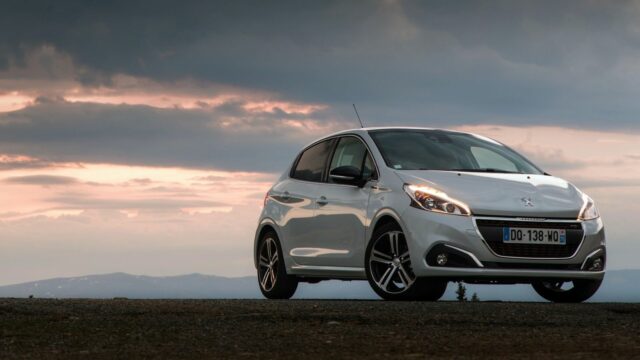
There have been subtle changes in the top ten list, but the podium remains the same The Europeans love all kind of cars, but nothing shows the trends more accurately…